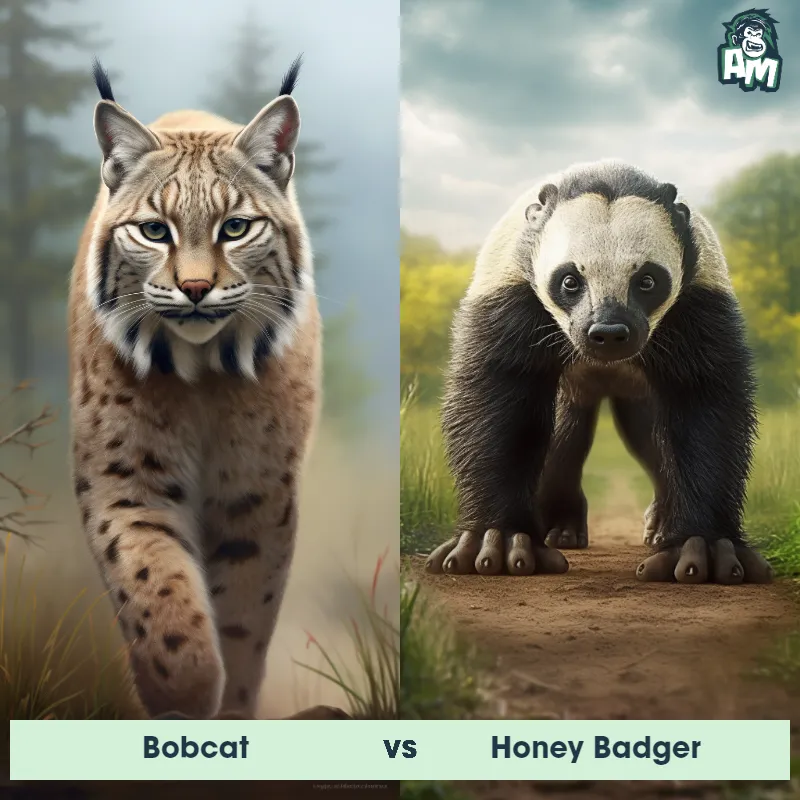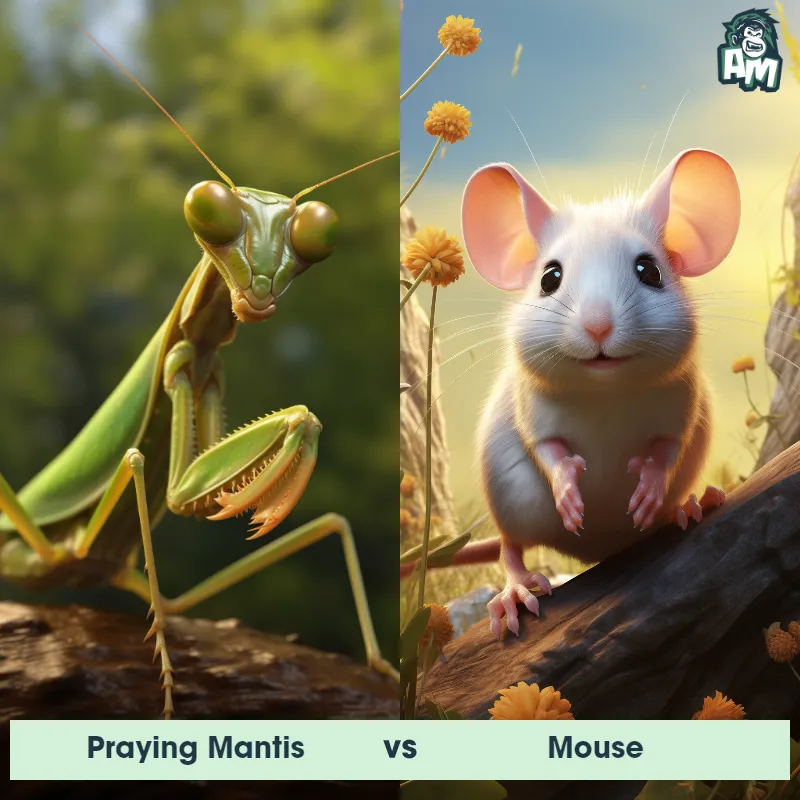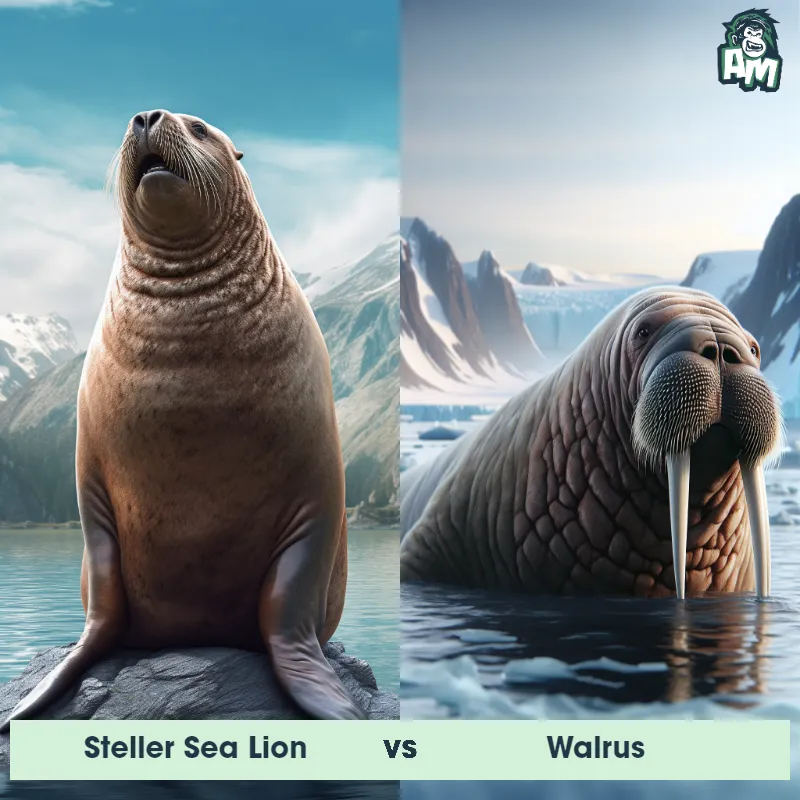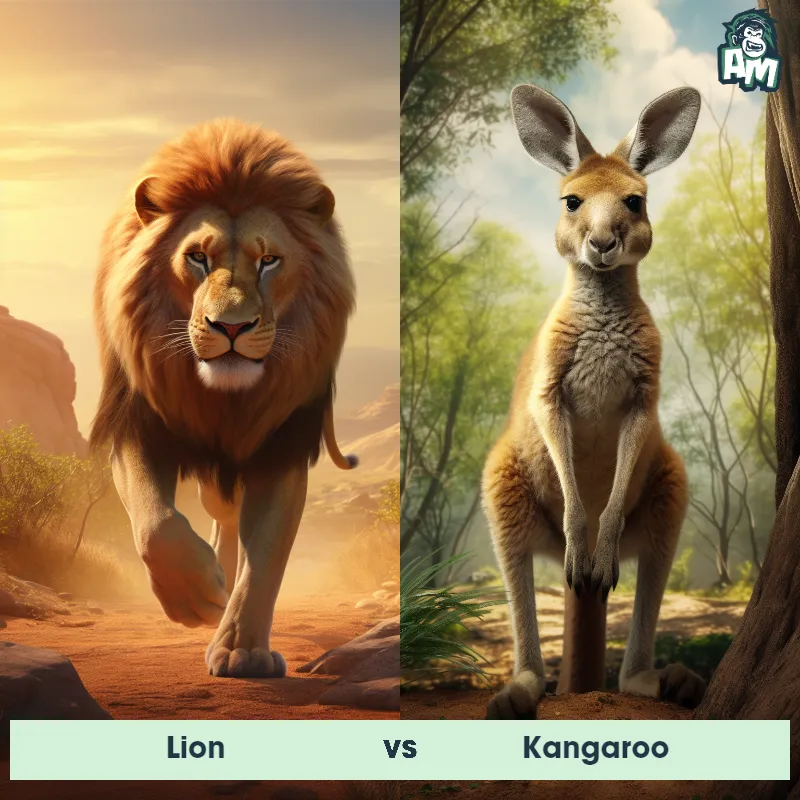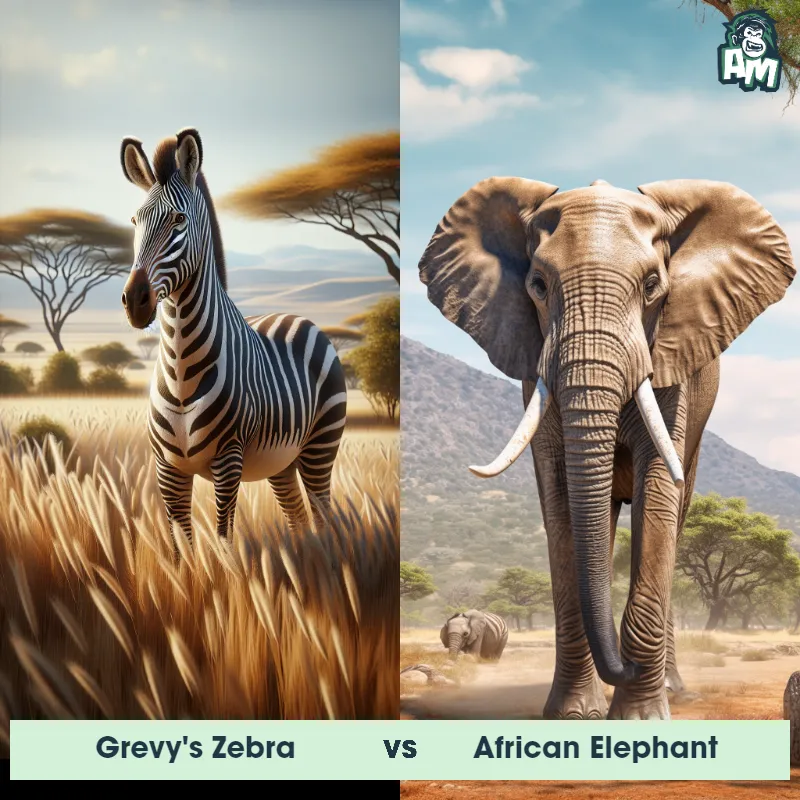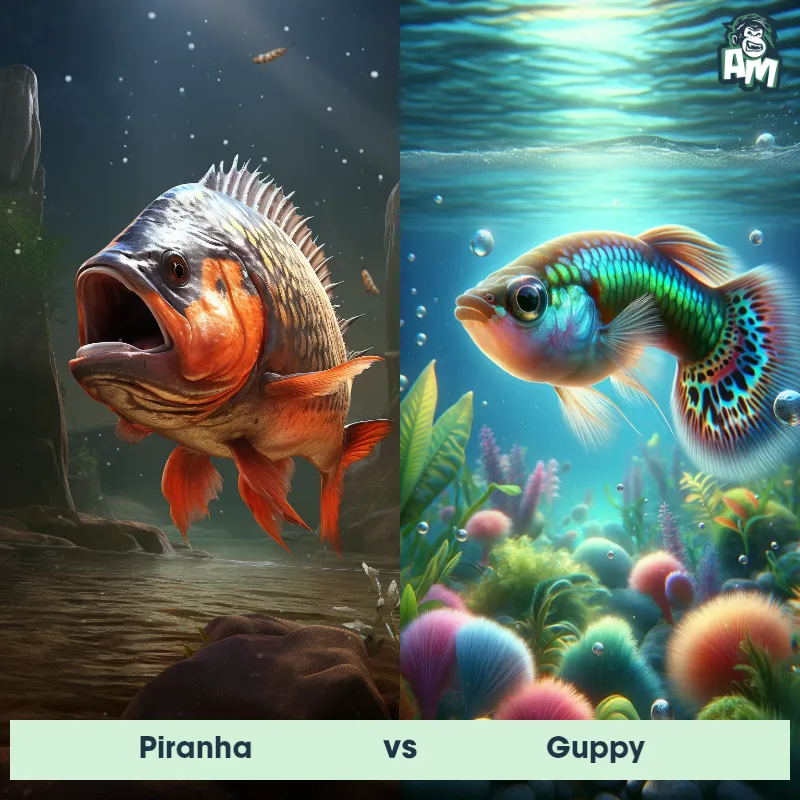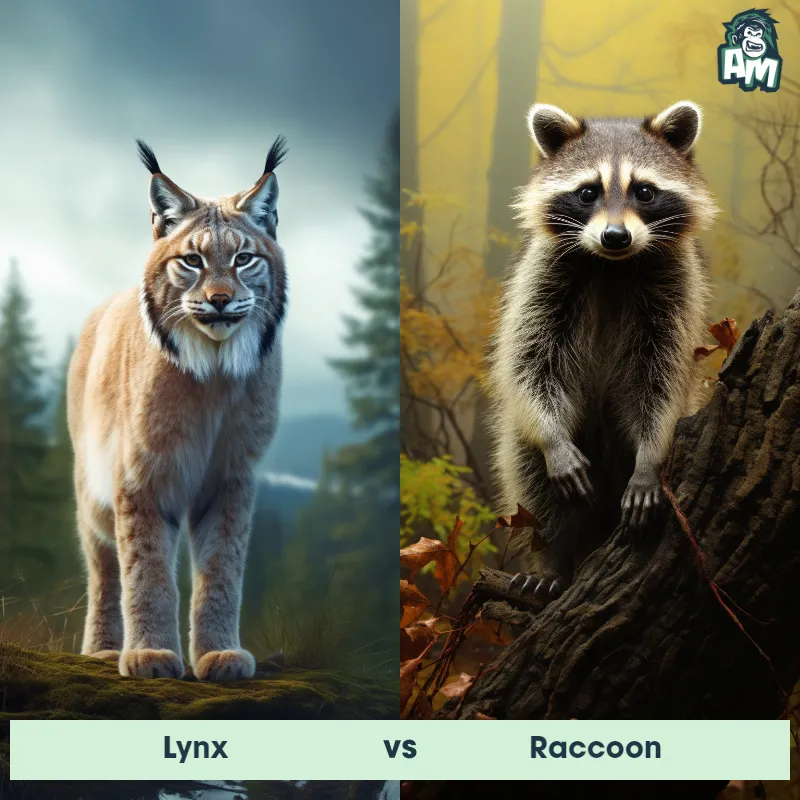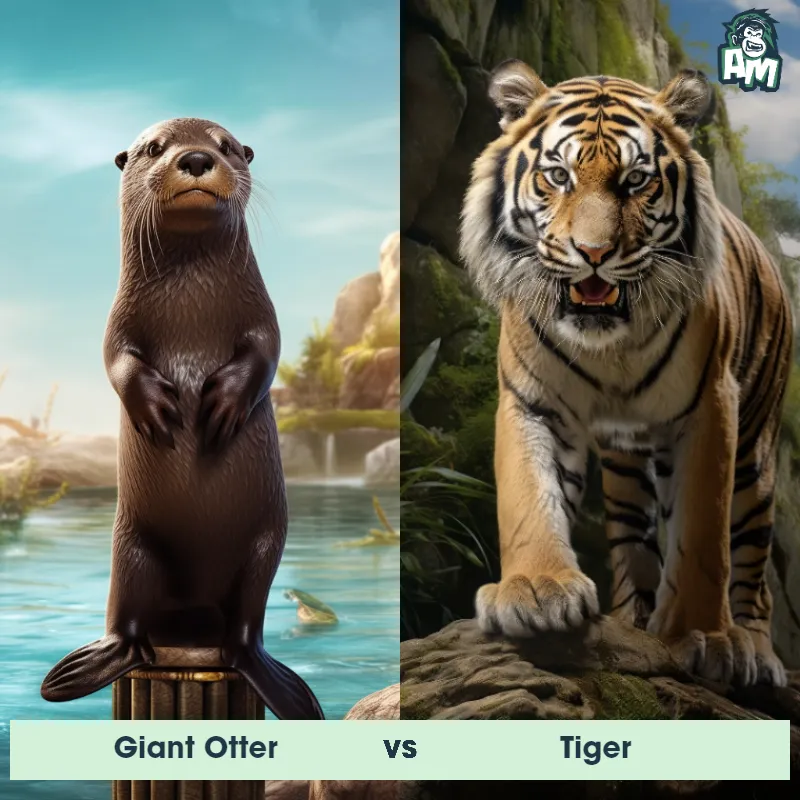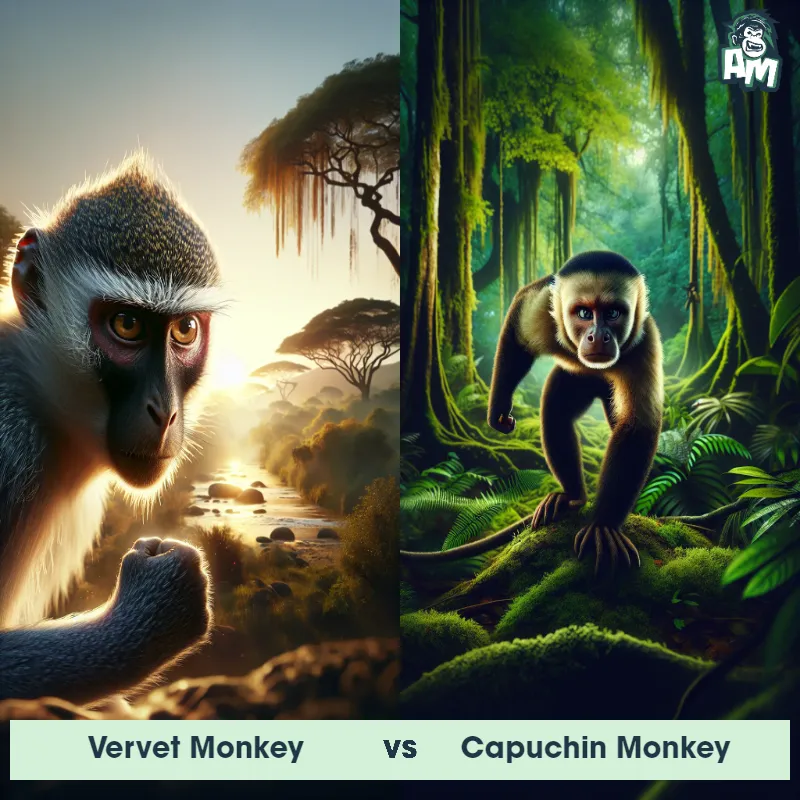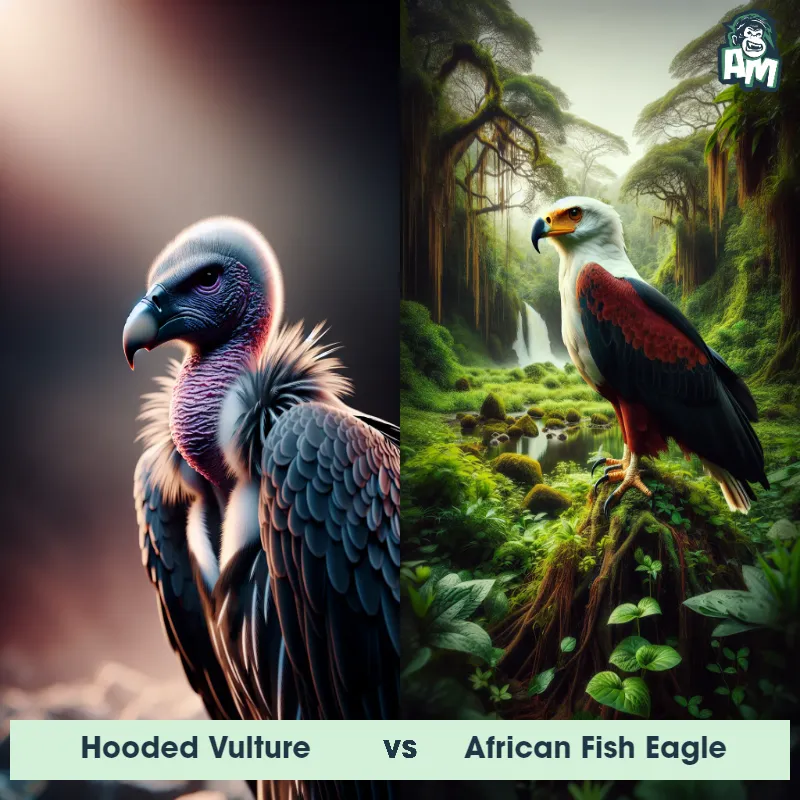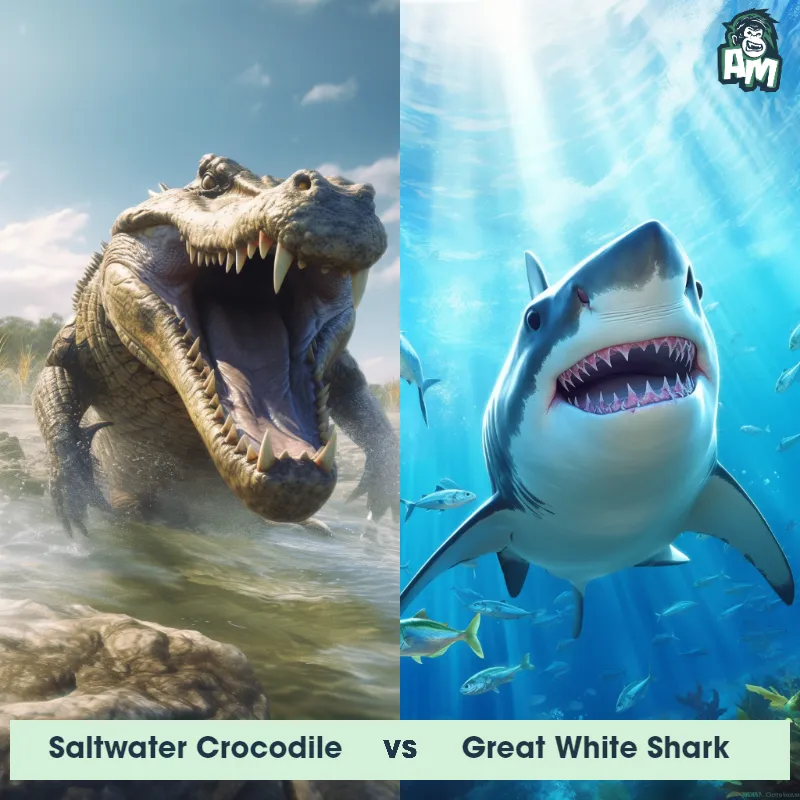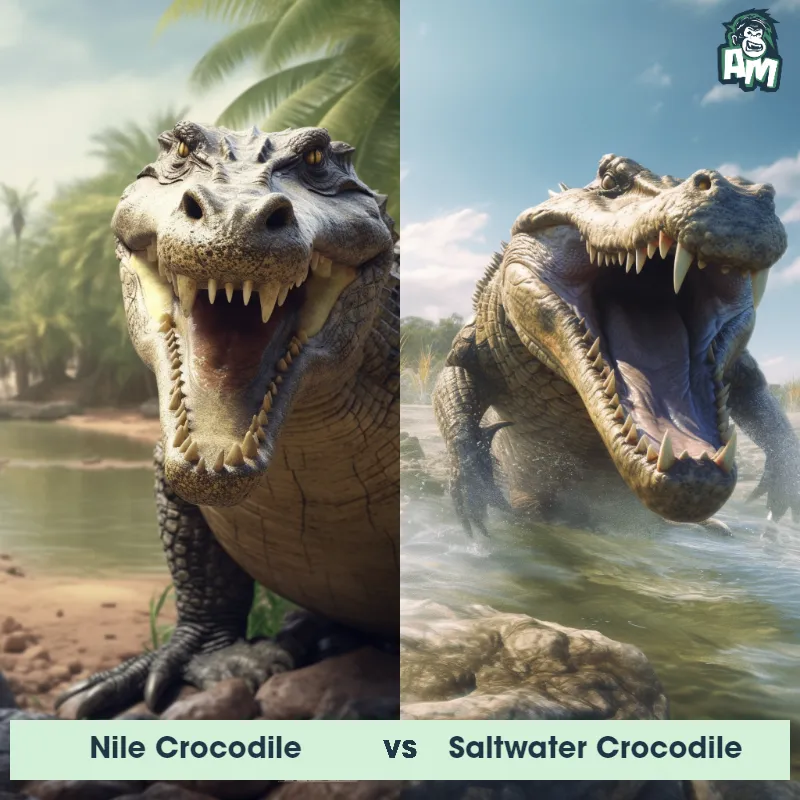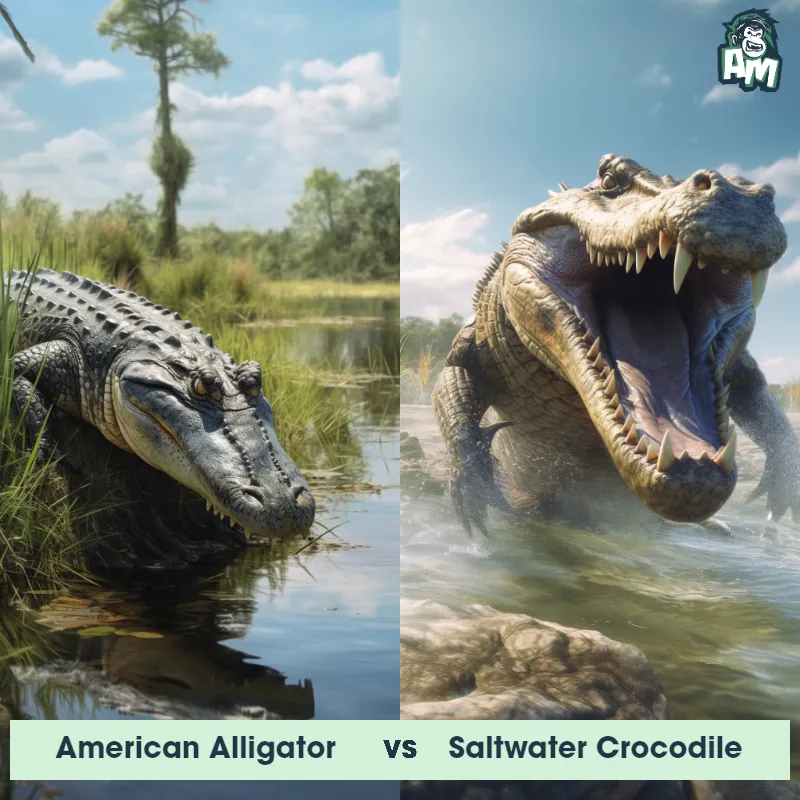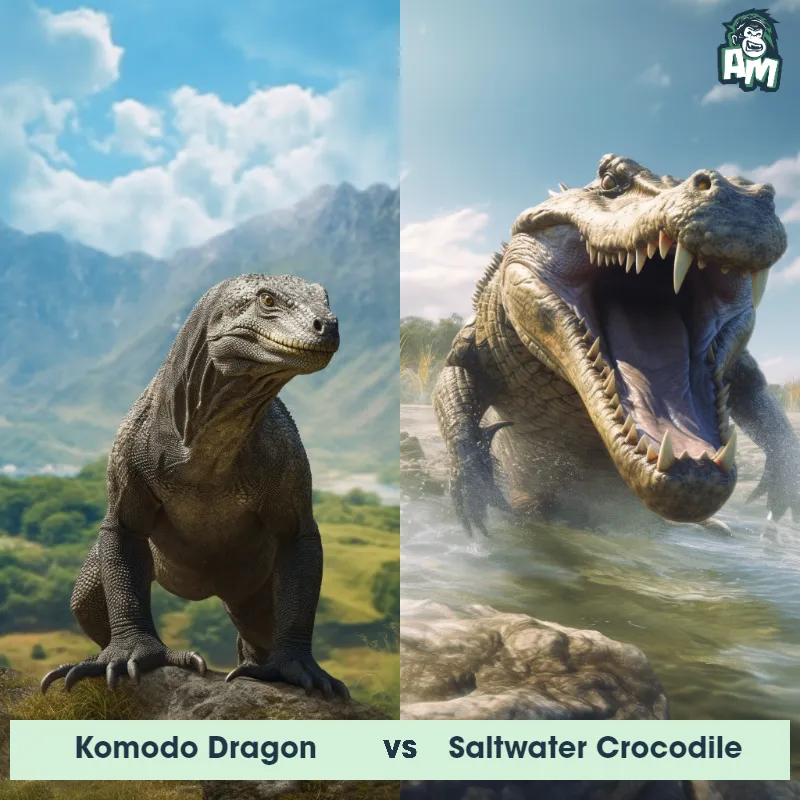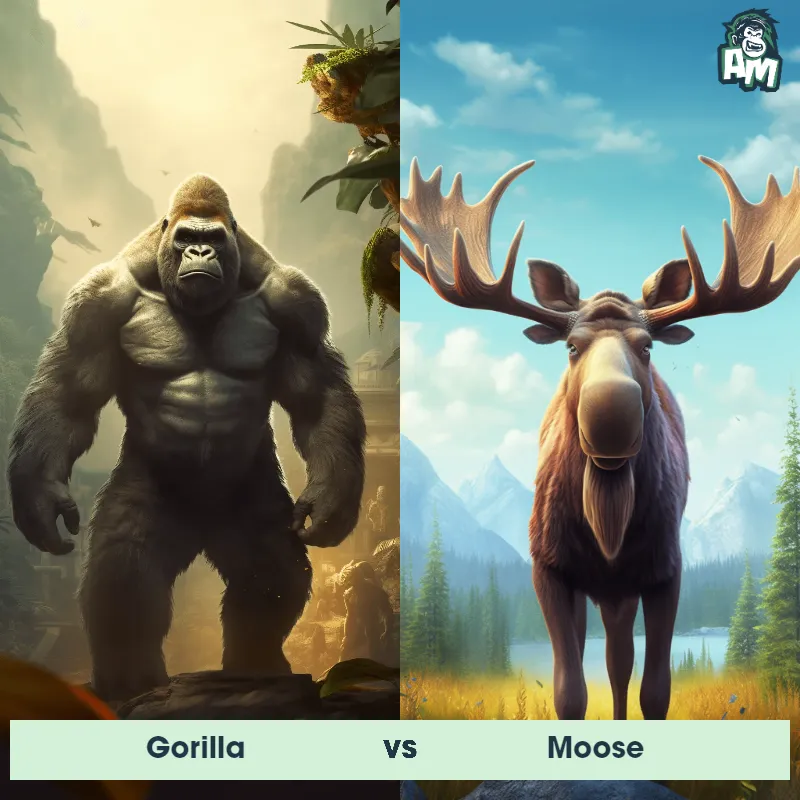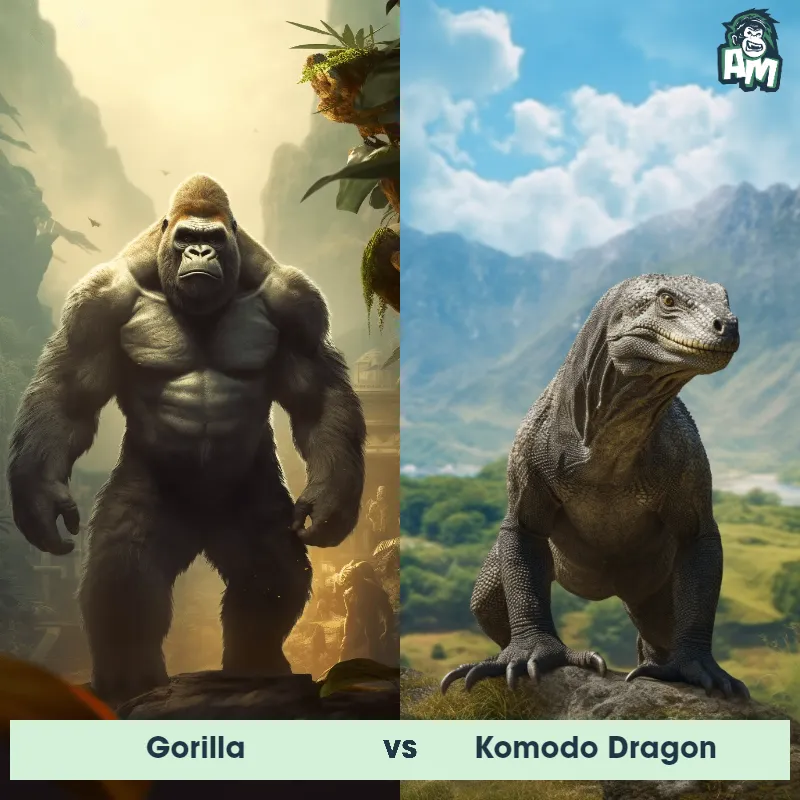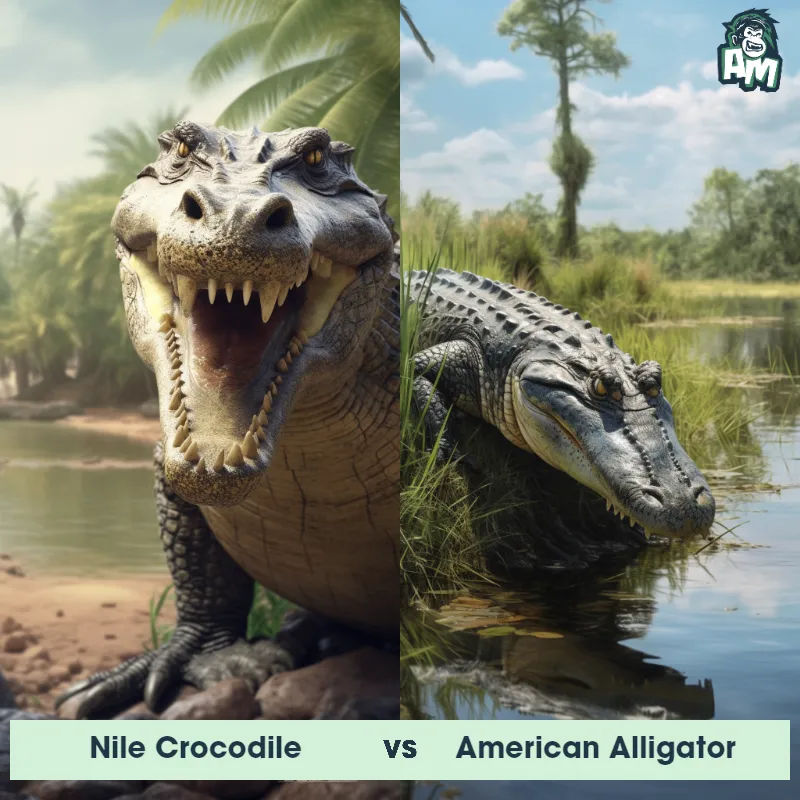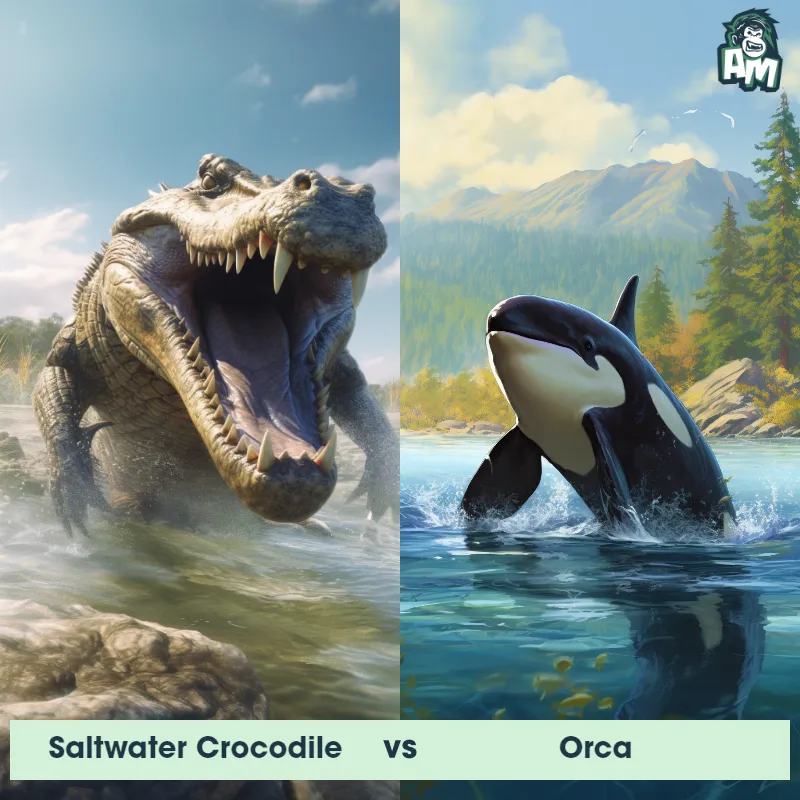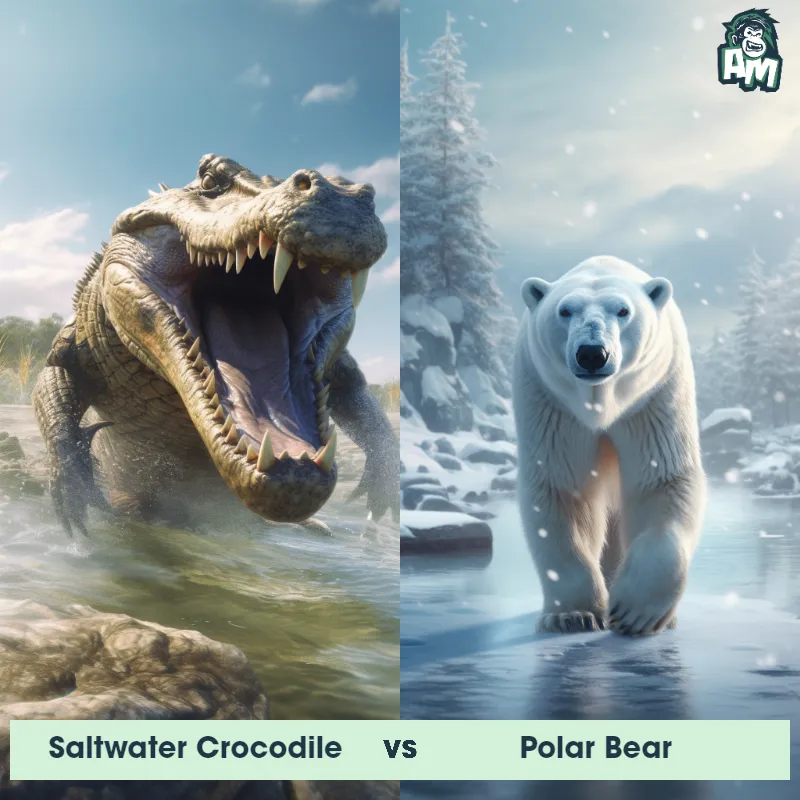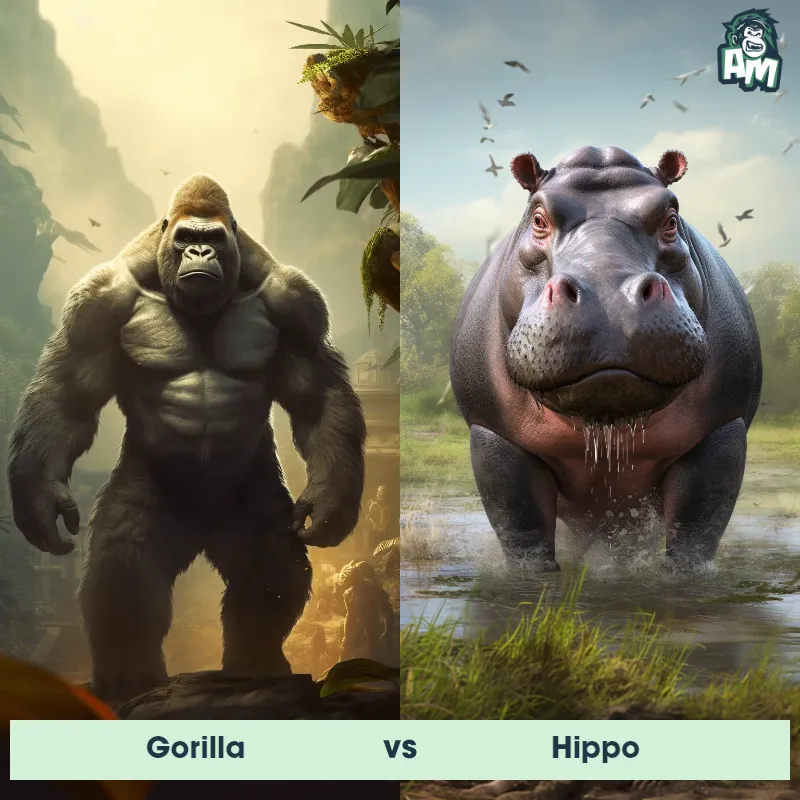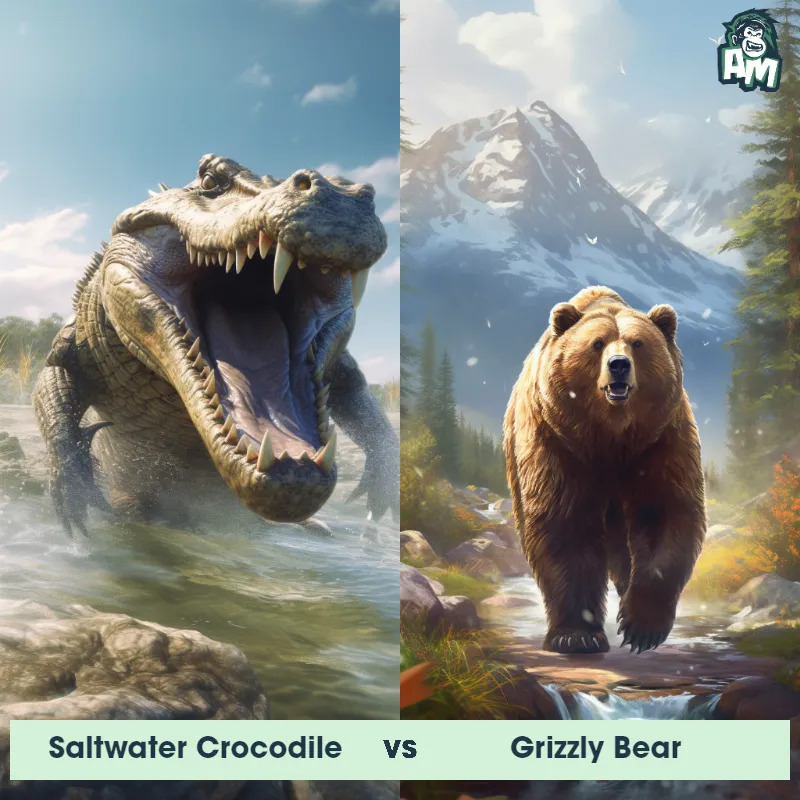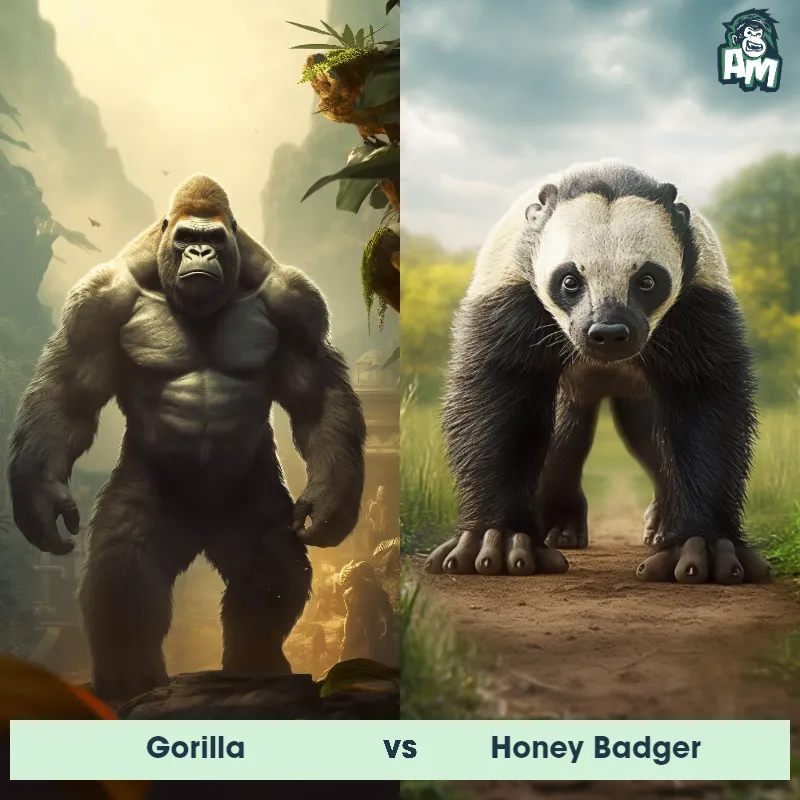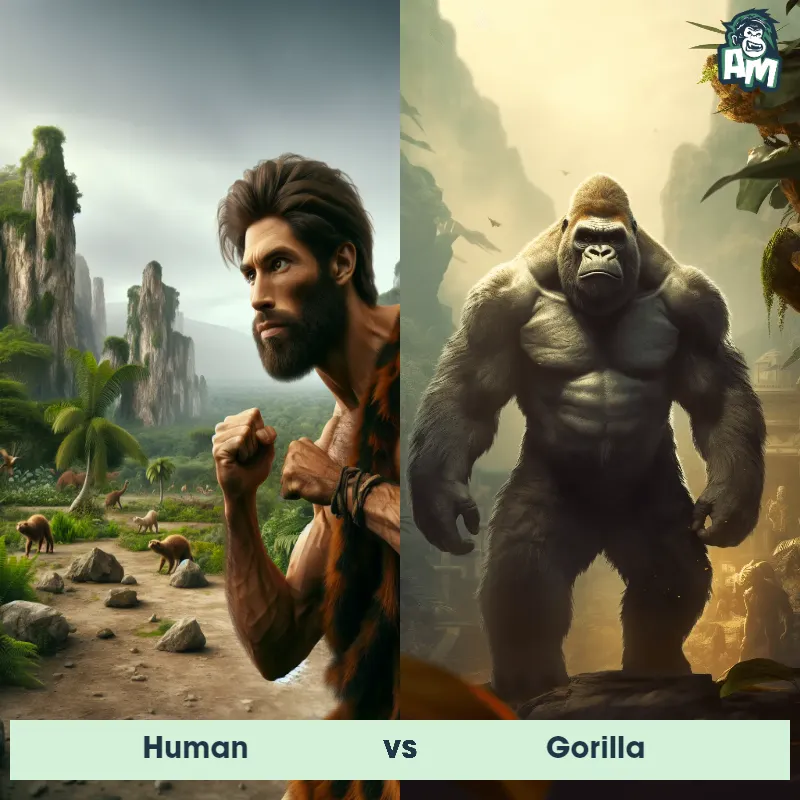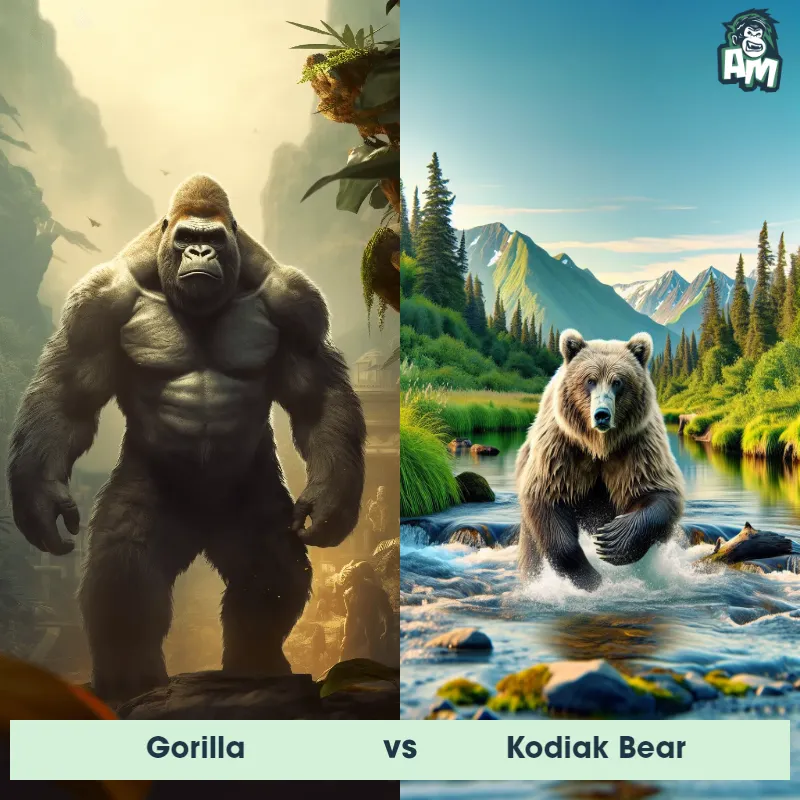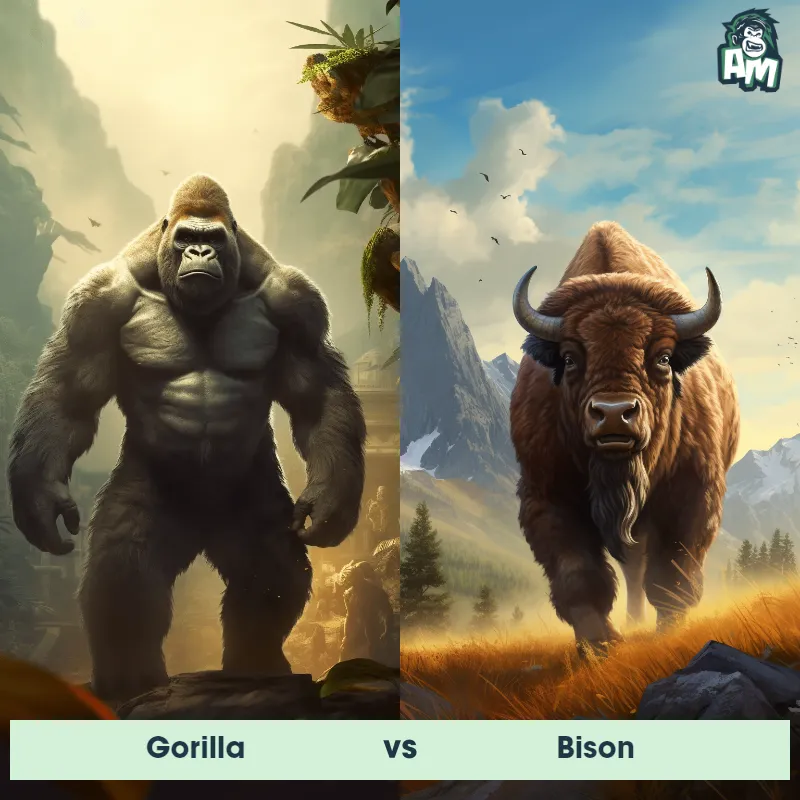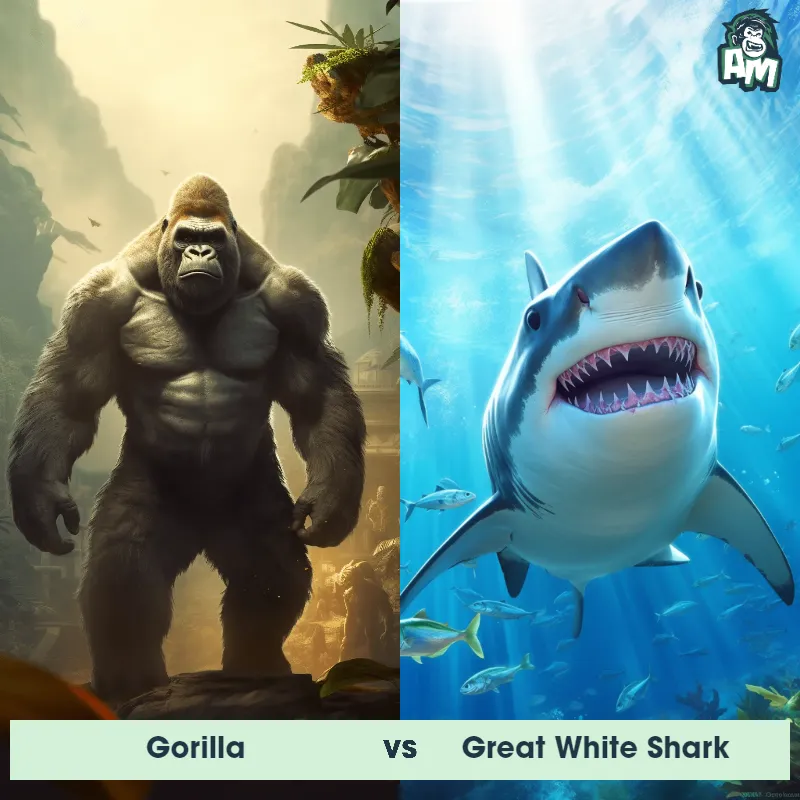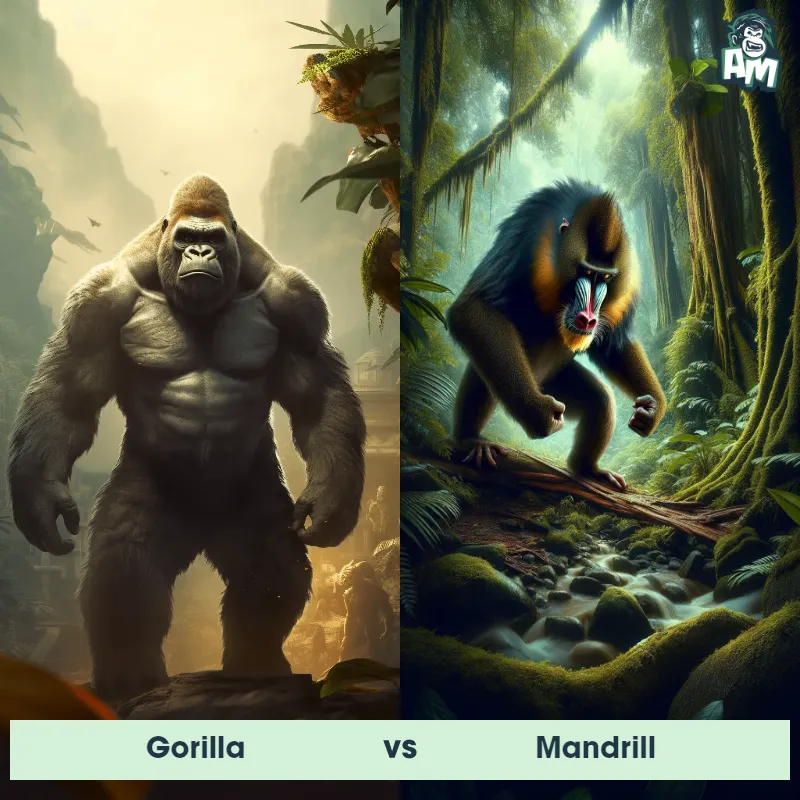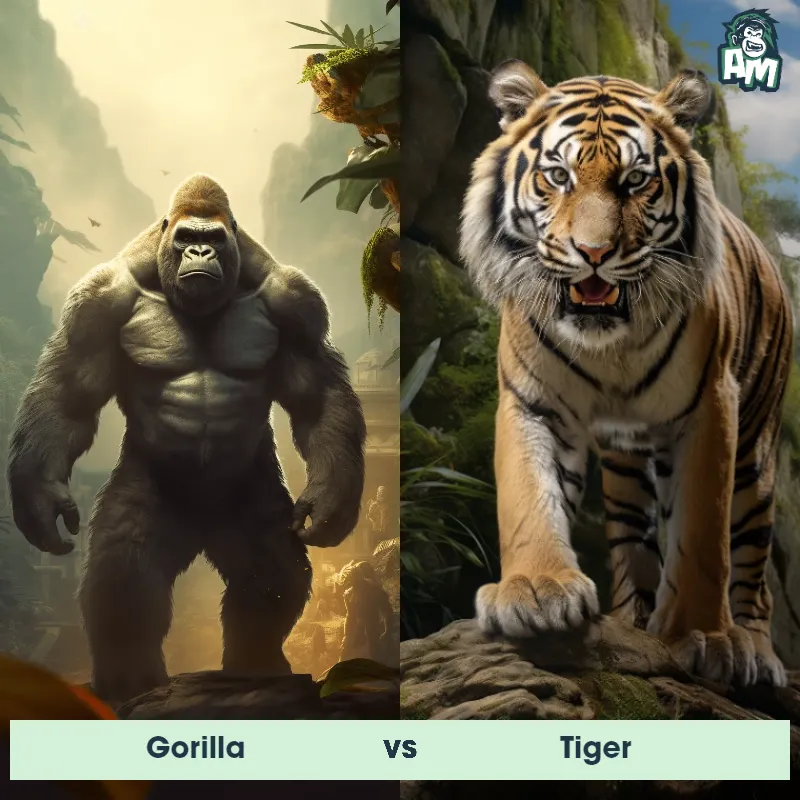Saltwater Crocodile vs GorillaSee Who Wins
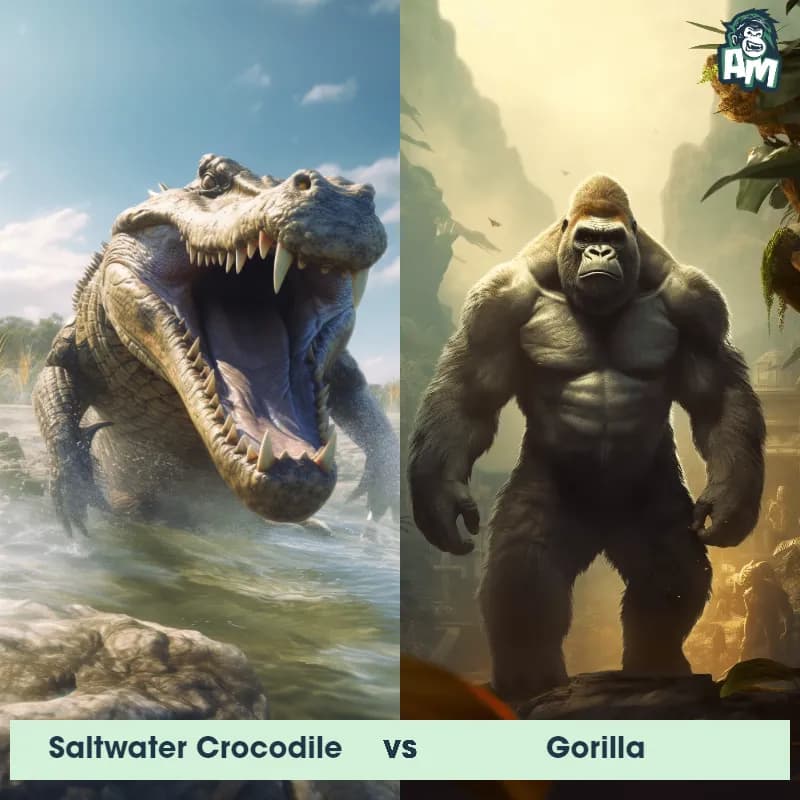
Prepare for a spectacle unlike any other! Today, we have a face-off between the fearsome Saltwater Crocodile, the armored titan of the waterways, and the Gorilla, the mighty king of the jungles. Both are apex predators in their own domains, but how will they fare against each other? The atmosphere is thick with suspense as we dive into this unparalleled contest.
Contender 1: Saltwater Crocodile
The Saltwater Crocodile, also known as the estuarine crocodile, is the largest living reptile in the world, with males reaching up to 23 feet in length and weighing over a ton. They have a powerful jaw with over 60 teeth and are covered in tough, scaly skin that ranges from grayish-brown to black in color. They are found in the brackish and freshwater habitats of Southeast Asia and Northern Australia and are known for their aggressive behavior towards humans.
Fun Fact: Saltwater Crocodiles have the strongest bite force of any animal in the world, with a bite strength of up to 3,700 pounds per square inch, which is strong enough to crush a car.
Contender 2: Gorilla
The Gorilla is a large, powerful primate that is native to the forests of central and eastern Africa. They are known for their muscular build, with males weighing up to 400 pounds and standing up to 6 feet tall. Gorillas have a distinctive black fur coat and a broad, flat face with a prominent brow ridge. They are herbivores, primarily eating leaves, stems, and fruits, and live in social groups led by a dominant male.
Fun Fact: Gorillas are one of the few animals that have been observed using tools in the wild, such as using sticks to measure the depth of water or as a weapon to defend themselves.
Matchup Stats
| Saltwater Crocodile | Gorilla | |
|---|---|---|
| Size | Up to 23 feet (7 meters) | Up to 6 feet (1.8 meters) |
| Weight | Over a ton (1,000 kg) | Up to 400 pounds (181 kilograms) |
| Speed | Land Speed: 11 mph (18 km/hr) | Speed: 20 mph (32.19 km/hr) |
| Key Strength | Powerful jaw with 64-68 teeth and strongest bite force of any animal in the world | Powerful arms and large size |
| Biggest Weakness | Slow on land and vulnerable to attacks on the soft underbelly | Vulnerable to attacks on the head and neck |
Current Votes
Saltwater Crocodile vs Gorilla
See Who Wins
View More Matches
Looking For More?
Similar Matches
Scientific Stats
| Saltwater Crocodile | Gorilla | |
|---|---|---|
| Scientific Name | Crocodylus porosus | Gorilla |
| Family | Crocodylidae | Hominidae |
| Habitat | Brackish and freshwater habitats | Forests |
| Geography | Southeast Asia and Northern Australia | Central and Eastern Africa |
| Diet | Carnivorous, preys on fish, birds, mammals, and other reptiles | Herbivore |
| Lifespan | 70 years - 100 years | 35 years - 50 years |
Key Differences between Saltwater Crocodile and Gorilla
- Habitat Adaptation: The Saltwater Crocodile has a streamlined body with webbed feet for efficient swimming in aquatic environments. Gorillas, on the other hand, have a terrestrial build, suited for life in dense forests and mountainous regions.
- Limb Structure: Gorillas have strong, muscular arms, often longer than their legs, which they use for both walking (in a knuckle-walking fashion) and climbing. Saltwater Crocodiles have shorter, splayed legs adapted for crawling and powerful tails for swimming.
- Body Covering: The Saltwater Crocodile is covered in tough, scaly armor-like skin which is olive green or brownish in color. The Gorilla has dense black or brownish-grey fur covering most of its body.
- Facial Features: Saltwater Crocodiles have elongated snouts filled with numerous sharp teeth and slit-like nostrils positioned on the top of the snout for breathing while submerged. Gorillas have a broad face with a prominent brow ridge, large nostrils, and no visible external tail.
- Size and Build: While both animals can be exceptionally large, the Saltwater Crocodile is generally longer, with mature individuals reaching lengths of up to 23 feet. Gorillas, although massive and muscular, especially in the case of the silverback males, typically stand upright at heights of up to 5.6 feet and have a more compact body structure compared to the elongated form of the crocodile.
- Eyes: The eyes of the Saltwater Crocodile are positioned on the top of its head, enabling it to see above water when the rest of its body is submerged. Gorillas have forward-facing eyes positioned on the front of their face, granting them a wide range of binocular vision.



